SCHOFIELD BARRACKS, Hawaii (Aug. 6, 2010) - "When you get the call, it's like the bottom drops out from underneath you."
That was Michelle Mansker's initial reaction when she received word of an unexpected wildfire at Makua Military Reservation. The fire, which Federal Fire Department investigators determined was incendiary, or intentionally set, started just after 2 p.m., July 24.
Mansker, chief of U.S. Army Garrison-Hawaii's Natural Resources, has spent the last 15 years caring for threatened and endangered species at MMR.
"It's really a gut-wrenching thing to see basically our 'babies' going up in smoke," she said. "So much time and effort are spent fostering and caring for these endangered species."
However, Mansker and members of her Oahu Army Natural Resources Program didn't just sit back, watching and waiting - they took action.
While environmentalists and eco-conscious people across the islands celebrated Hawaii's annual conservation week, the Army crew took conservation to the extreme, joining the firefighting efforts at MMR.
"We know where the resources are, so we tie in with the (firefighters) and tell them where the resources are and what we see as a priority in terms of where the fire could damage resources," said Joby Rohrer, senior natural resources management coordinator, OANRP.
Rohrer was one of the first OANRP staff members on scene at the fire.
He decided to activate members of the OANRP staff and spent the evening coordinating their response effort and arranging contracted helicopter support for water bucket drops.
At 6 a.m., Rohrer and a crew of six red-carded, or wildfire certified, staff members joined forces with the Federal Fire Department, who was the incident commander for the fire; the Army's Wildland Fire team; the Honolulu Fire Department; and the Division of Forestry and Wildlife for the Hawaii Department of Land and Natural Resources.
The group's first mission was aerial reconnaissance.
"It was important to get an aerial perspective on what was happening with the fire before putting people on the ground," said Kapua Kawelo, biologist, OANRP.
Kawelo, Yamasaki and Ryan Peralta, protection forester, DOFAW, flew over the valley to assess where the active fire was. Back at the incident command center, they relayed their information to the Federal Fire Department and discussed strategy.
For the natural resources folks, the goal was helping direct firefighting efforts so that those efforts would be most effective in "preserving what's worth preserving," according to Rohrer.
"If you're strategic about it, you can hopefully save a lot of stuff, but you've got to know where it is," Rohrer said. "(Firefighters) are great at fighting fires, but our crews are out there every week so they know where stuff is, how to get there ... all that kind of stuff."
Rohrer assisted at the incident command center, providing maps, directing water bucket drops, taking weather readings, and coordinating with field crews.
Kawelo took the rest of the OANRP team and joined Army Wildland Fire crews near the ridgeline, where there were smaller fires burning and smoldering along "like a long campfire going along the ridge," according to Kawelo.
The team worked a 15-hour day doing "mop up." They dug trenches to catch hot soil or embers that could have fallen or rolled from the hillside above and caused the fire to spread further.
The work was especially challenging for the OANRP staff, who had to adjust to different field gear and environmental conditions.
"There's a lot of ash and soot and smoke. Your eyes start watering; I couldn't see at some points," Kawelo said, "but we do it because everybody is so dedicated to the resources we protect," Kawelo said. "Fire is one of the biggest threats, especially to this kind of habitat, the dry forest."
Due to the quick response and joint firefighting efforts, including the use of seven helicopters - two of which were even flown in from the other islands - Army Wildland Fire was able to declare the fire "out," July 28.
OANRP staff continued to provide support after the burn support, sending a crew to GPS and assess the damage to the habitat and plant species.
The fire burned 486 acres and impacted three endangered plant species: the Chamaesyce celastroides, or akoko; the Nototrichium humile, or kului; and the Melanthera tenuifolia, or nehe.
"It's pretty frustrating because you work so hard to protect these resources and then, you know, somebody starts a fire," Kawelo said said Kapua Kawelo, biologist, OANRP.
"Why' Because they're bored' Because they're careless' I don't know. I just wish people would pay closer attention to their actions and how those might affect other things. It's not fun and games to start a fire.
"People's lives are at risk doing the work that it takes to put a fire out," she added.
To protect against species loss from fire and other environmental conditions, the OANRP staff routinely collects samples of threatened and endangered species plants, as part of the Army's agreement with the state.
These samples can be used to grow the plants out from seeds or cuttings, according to Mansker. OANRP has samples of the impacted akoko, kului and nehe in safe keeping.
Additionally, as part of the staff's post-burn assessment, OANRP is evaluating potential protection options for the species and habitat in these fire-prone areas, such as large-scale restoration and deployable dip tanks.
Other wildland fires the OANRP has provided support to include fires at Kaena Point, Waialua and Nanakuli, on Oahu.
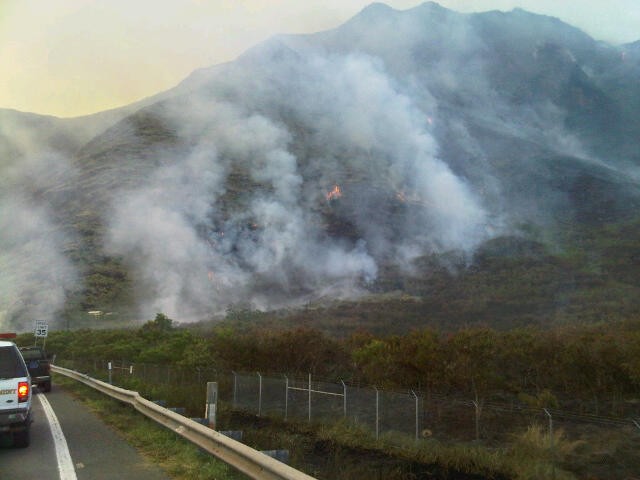
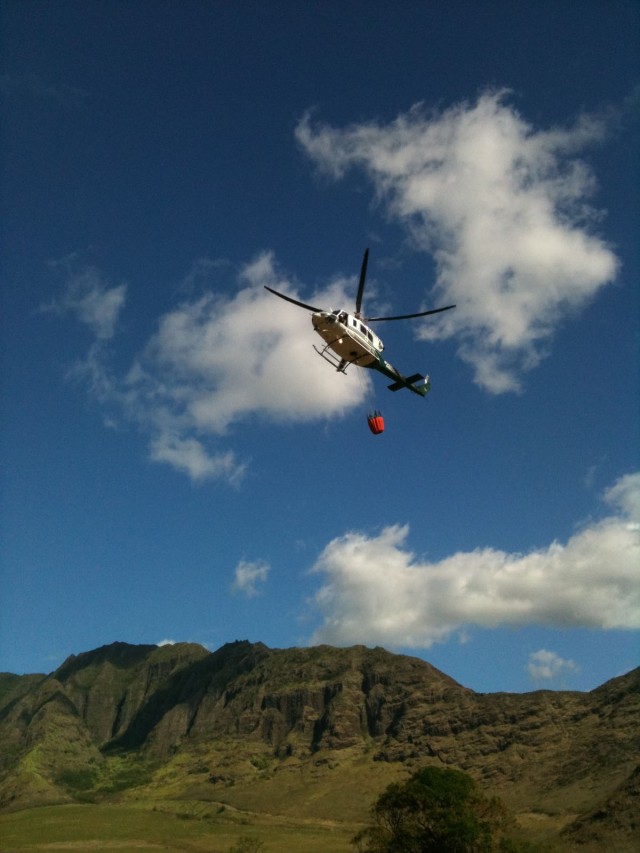
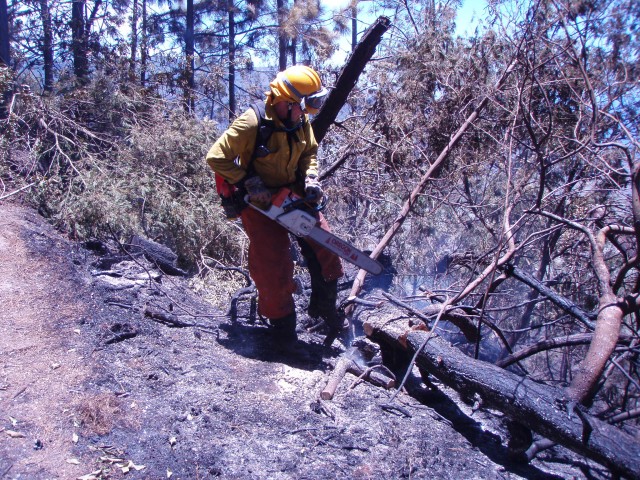
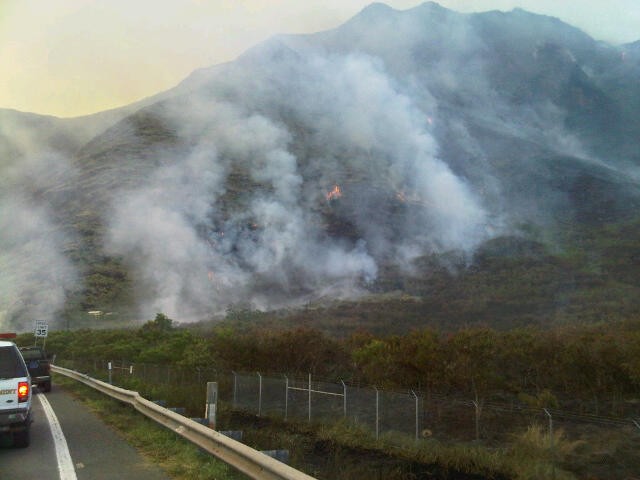
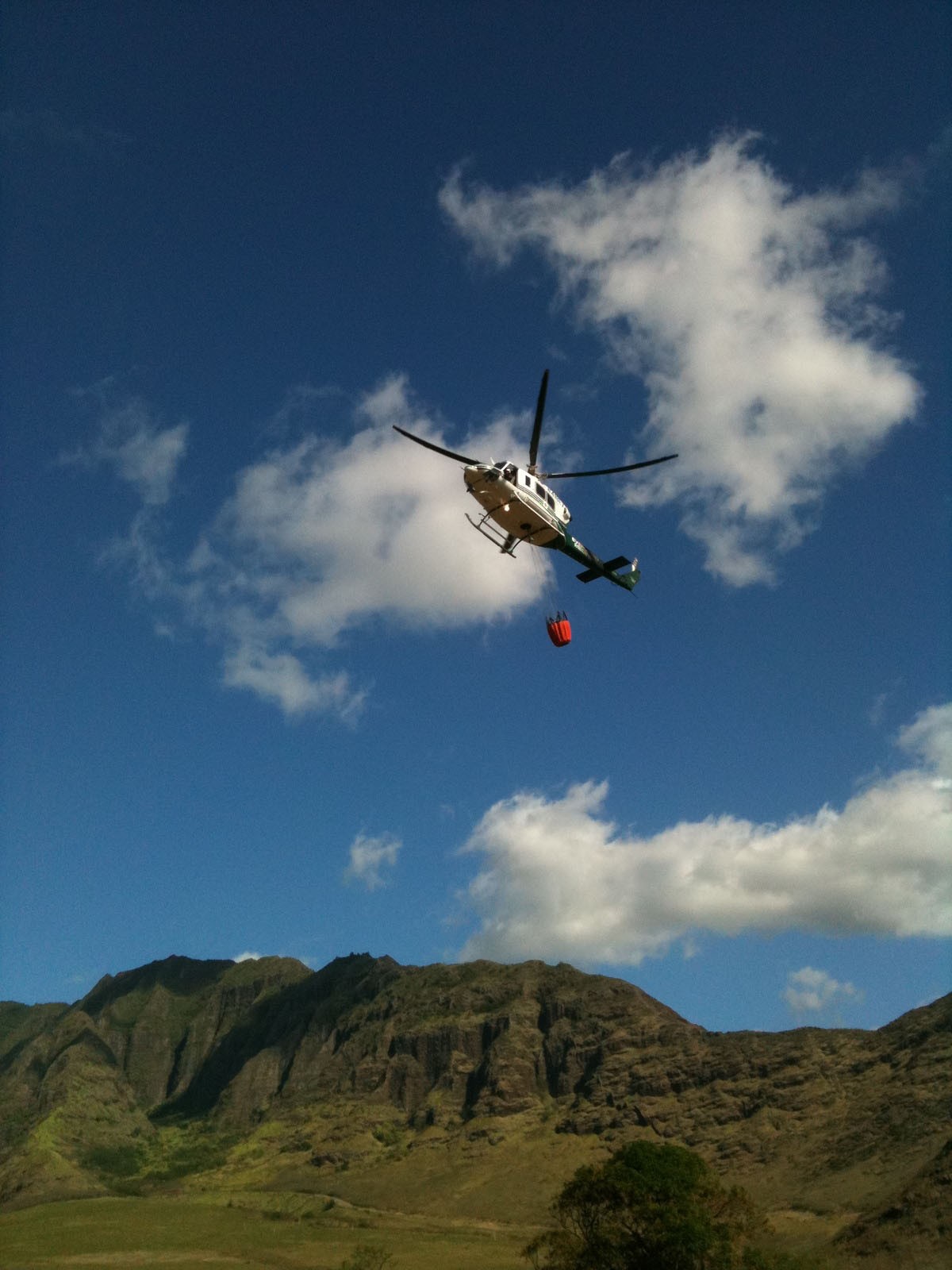
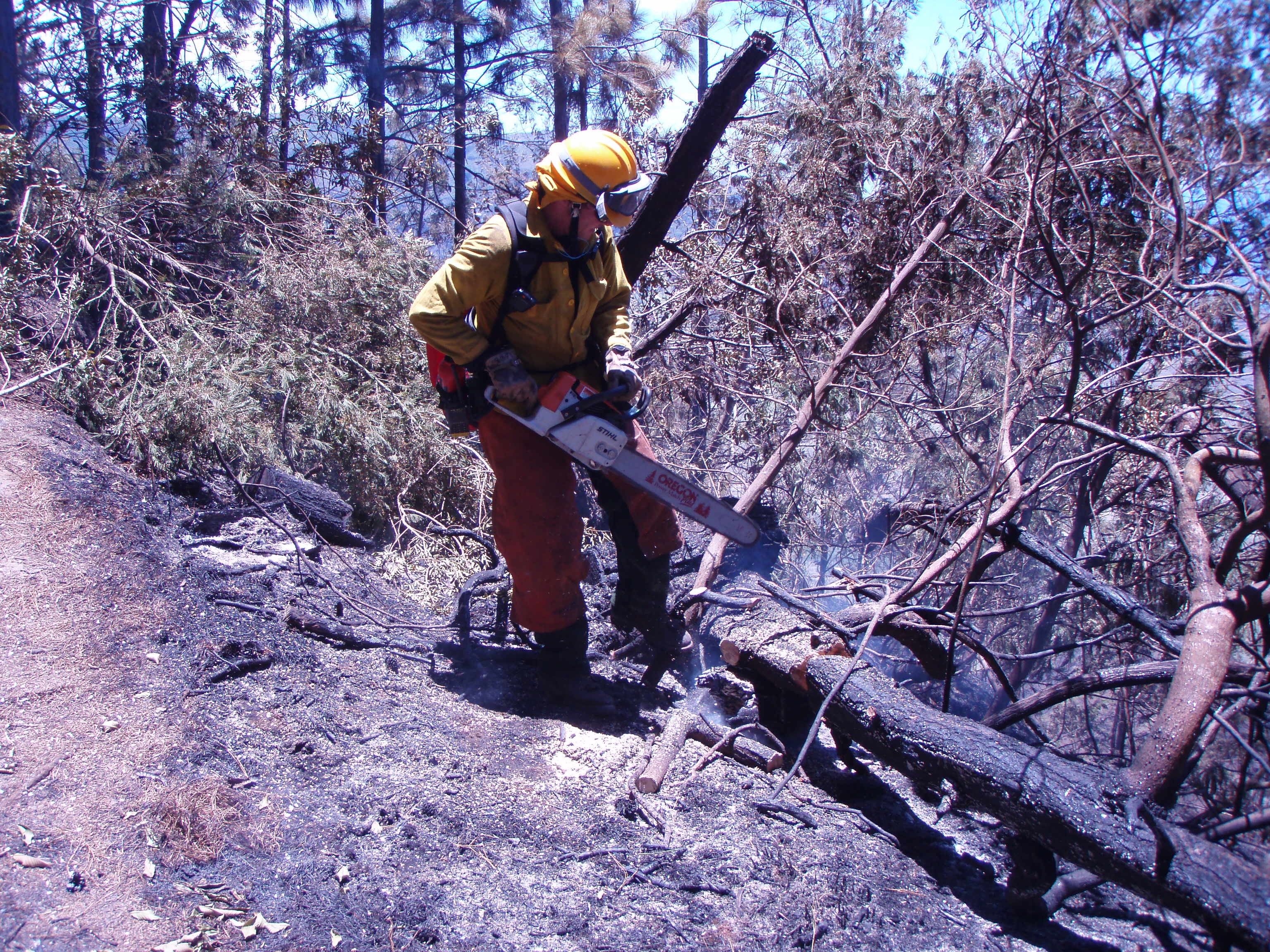
Social Sharing